Advice on baseboards in 1920s home & melding old with new
Janieful
11 years ago
Featured Answer
Sort by:Oldest
Comments (18)
Clarion
11 years agoJanieful
11 years agoRelated Professionals
Clute Kitchen & Bathroom Designers · Verona Kitchen & Bathroom Designers · Town 'n' Country Kitchen & Bathroom Designers · Sunrise Manor Kitchen & Bathroom Remodelers · Glade Hill Kitchen & Bathroom Remodelers · Bellevue Kitchen & Bathroom Remodelers · Oceanside Kitchen & Bathroom Remodelers · Overland Park Kitchen & Bathroom Remodelers · Port Angeles Kitchen & Bathroom Remodelers · Pueblo Kitchen & Bathroom Remodelers · Rochester Kitchen & Bathroom Remodelers · Brushy Creek Architects & Building Designers · Dayton Architects & Building Designers · Four Corners Architects & Building Designers · South Pasadena Architects & Building Designersbrickeyee
11 years agopowermuffin
11 years agogeller
11 years agovirgilcarter
11 years agoFori
11 years agokmcg
11 years agokmcg
11 years agokmcg
11 years agoTom Carter
11 years agobrickeyee
11 years agociv_IV_fan
11 years agoJanieful
11 years agoFori
11 years agolauren674
11 years agolauren674
11 years ago
Related Stories
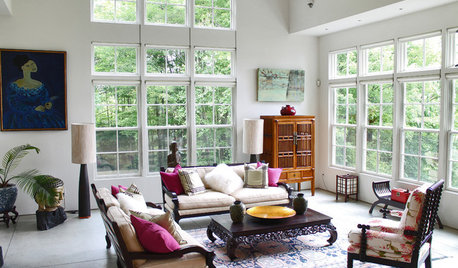
HOUZZ TOURSMy Houzz: Many Styles Meld Handsomely in a Vermont Countryside Home
With a traditional exterior, a contemporary interior and lots of Asian furniture, this home goes for the element of surprise
Full Story
REMODELING GUIDESContractor Tips: Advice for Laundry Room Design
Thinking ahead when installing or moving a washer and dryer can prevent frustration and damage down the road
Full Story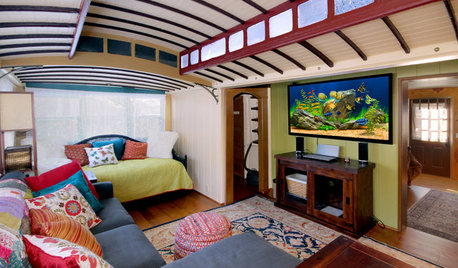
HOUZZ TVHouzz TV: See a Funky Beach Home Made From Old Streetcars
A bold color palette zaps life into a Santa Cruz, California, home built out of two streetcars from the early 1920s
Full Story
HEALTHY HOMEHow to Childproof Your Home: Expert Advice
Safety strategies, Part 1: Get the lowdown from the pros on which areas of the home need locks, lids, gates and more
Full Story
BATHROOM DESIGNDreaming of a Spa Tub at Home? Read This Pro Advice First
Before you float away on visions of jets and bubbles and the steamiest water around, consider these very real spa tub issues
Full Story
THE ART OF ARCHITECTURESound Advice for Designing a Home Music Studio
How to unleash your inner guitar hero without antagonizing the neighbors
Full Story
KITCHEN DESIGNSmart Investments in Kitchen Cabinetry — a Realtor's Advice
Get expert info on what cabinet features are worth the money, for both you and potential buyers of your home
Full Story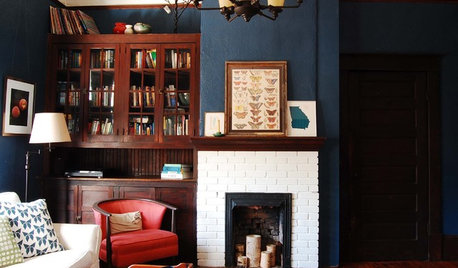
HOUZZ TOURSMy Houzz: Vibrant Coziness for a 1920s Georgia Farmhouse
See how first-time homeowners perked up their history-laden home and befriended a community
Full Story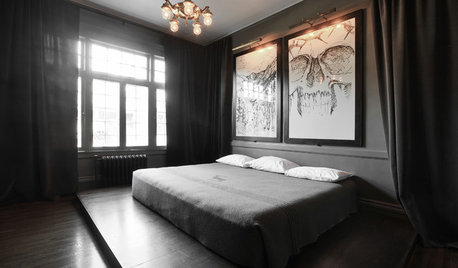
DECORATING GUIDESDecorating Advice to Steal From Your Suit
Create a look of confidence that’s tailor made to fit your style by following these 7 key tips
Full Story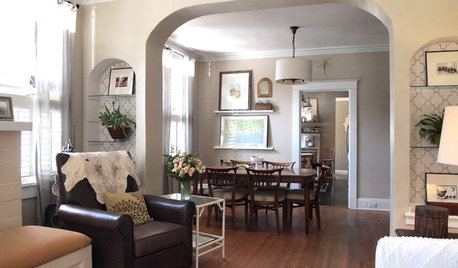
HOUZZ TOURSMy Houzz: Casual, Thoughtful Design for a 1920s Bungalow
A couple turn a neglected, run-down home into a charming, comfortable place to raise their 4 children
Full Story









karinl